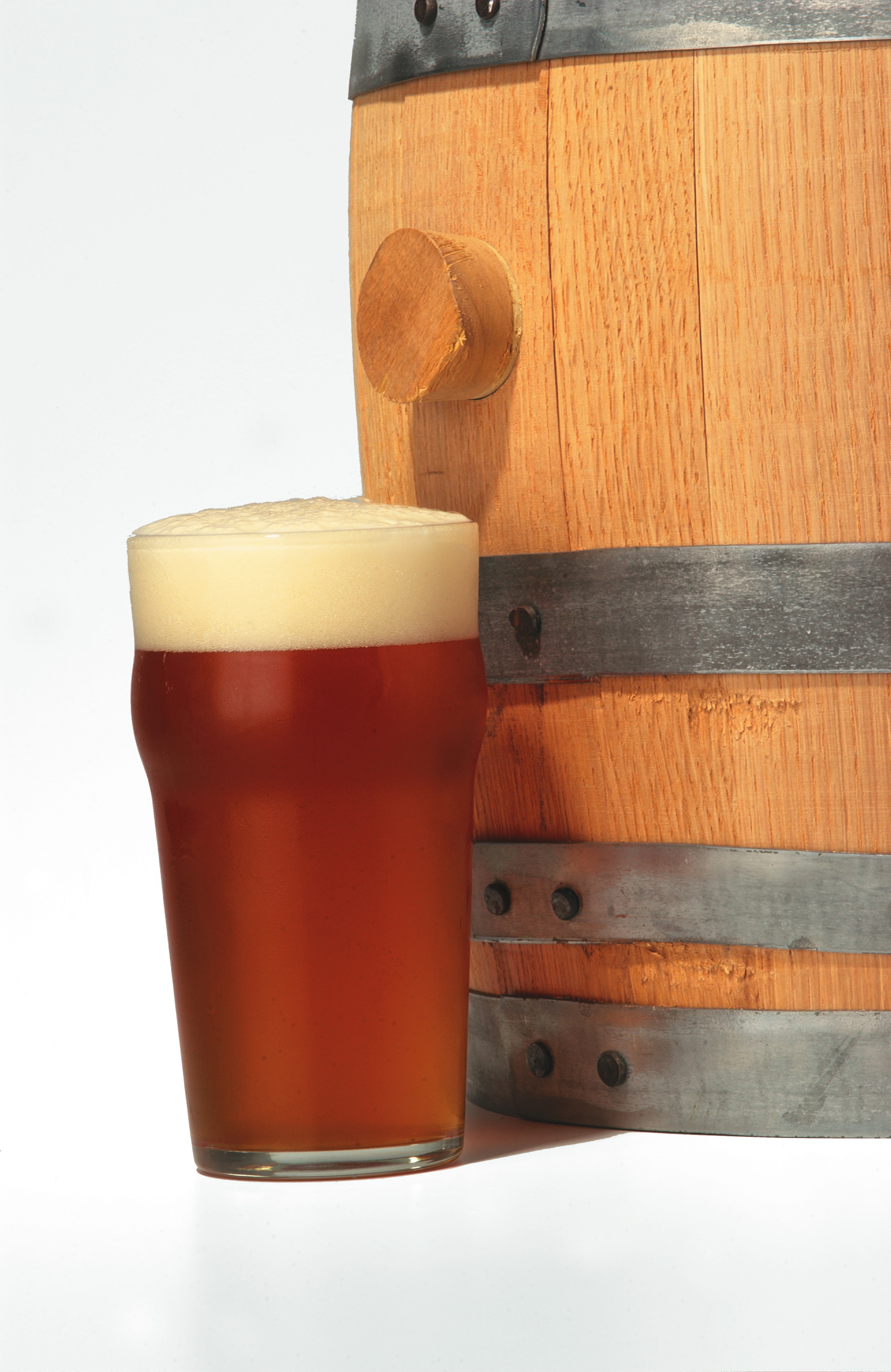Everything old is new again; that’s one of the great things about the craft beer revival. Creative brewers feel quite free to take the elements of the past and build any kind of modern beer they can imagine. As you may know from flipping the pages of this fine magazine, the beer barrels are rolling out again, in the form of barrel-aged beer.
For those of us who love the funky depths of a truly handmade beer, wood can offer that extra dimension.

(Kinsley Dey)
For at least a couple of millennia, wooden barrels served to ferment, transport and serve beer, as well as other beverages. One could even argue that without wooden barrels, beer might not be the omnipresent beverage of European history. The barrel’s a clever invention: oak or chestnut logs transformed into complex curved staves, which, when bound by willow or metal hoops, could hold liquid and even a bit of pressure. This must have been a dramatic, even magical breakthrough. No wonder songs were written about it.
The invention of the barrel is variously attributed to Bronze Age Celts, Vikings, or similar hairy-cloaked tribes. By Roman times, barrels were in use across a wide area of northern Europe. Barrels served admirably in a pre-industrial world, but the difficulty of cleaning and maintaining the ornery beasts led to their near-total demise by about 1950. Stainless steel perfectly suits the squeaky-clean nature of international lager, but for those of us who love the funky depths of a truly handmade beer, wood can offer that extra dimension.
Woody Characteristics
There are a number of reasons for this. First, wood is not flavorless. Wood contains chemicals that dissolve in the beer over time, adding woody, oaky or even musty flavors in some cases. Temperature swings cause the liquid to pump in and out of the wood, accelerating the process. Over a period of months or years, one of these substances—lignin—actually transforms chemically into vanillin, which is why vanilla notes are often found in whisky and other barrel-aged spirits.
Barrel wood is porous, which means the contents are exposed to air, creating the potential for oxidized flavors. These are generally regarded as defects in beer, but oxidized compounds give sherry and similar wines their wonderfully distinctive aromas. Porosity also means that there are lots of little nooks and crannies for microorganisms to hide, a fact that may be used to the brewer’s advantage or mitigated if necessary. Lambic and other sour beer brewers have developed a finely tuned method for shepherding the little critters to make beer for them, but there is such inconsistency that blending becomes a major part of the system. These sour beers are a complex subject that deserves a whole book, and, indeed, one is forthcoming from Brewers Publications. For the present, we are simply considering beers finished off in whisky barrels.










